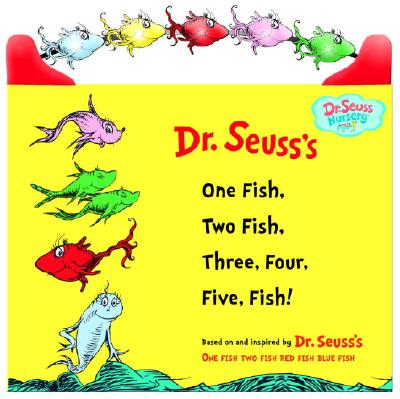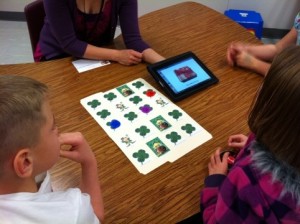Does your child have trouble saying “fish?” Ask your child to describe the picture above and listen to the “F” sound in the word, “fish.” Do they substitute another sound? Or perhaps they skip it altogether and just say “ish?” For many children, “fish” can be a tricky word to say. F, and its partner in crime, V, are tricky sounds for some children. In speech therapy, we usually check the developmental norms to decide if this sound should be targeted according to the child’s age. We can expect a child to master the F and V sounds around ages four and eight years (respectively). If the child is not saying these sounds, they might benefit from intervention and articulation therapy. They are similar in the placement of your articulators (teeth and lips) but different in the way they are produced. Someone saying an “F” sound is allowing a lot of air to escape around their teeth, while a “V” sound is made by creating vibrations of the vocal cords.


